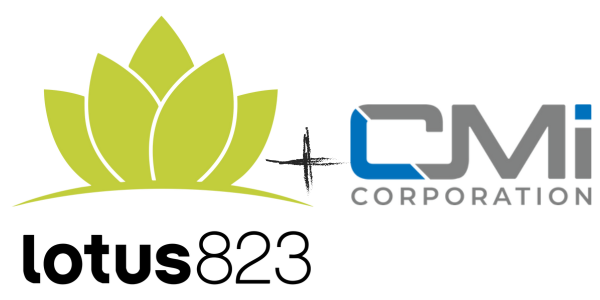As final exams come to a close and graduation day is on the horizon, we know that most college seniors have one thing on their mind: the job search.
In today’s social landscape, one of the most powerful tools for finding your first job in your industry is LinkedIn. According to a report published by Jobvite in 2014, 94% of recruiters are on LinkedIn, but only 36% of job seekers are.
Let’s discuss some first steps towards optimizing your LinkedIn profile to land you not only your first job, but your dream job:
1. Transparent & Easy to Find
One of the most important factors in being found on LinkedIn is transparency. If a recruiter lands on your profile, only to find that they need to add you as a connection to read your content, they will likely click off. So, rule of thumb: make your profile public, allowing employers to read about you before contacting you.
Another great way to increase the accessibility of your LinkedIn profile is to create a custom LinkedIn profile URL. Instead of a URL with a random combination of numbers and letters at the end, keep things simple and clean with a URL that includes your name. This will help people remember your URL and quickly access it if they need to check in on your current employment status. You can visit LinkedIn’s support section for step-by-step instructions on claiming your vanity URL.
Finally, listing an email address, phone number or other method of contact can be helpful in giving recruiters a way to reach you directly offline if they are interested in you. Some savvy recruiters will look to see if this is available before even continuing through your profile.
2. Professional Photo
One of the first impressions you make on LinkedIn is made through your profile photo. Needless to say, having a profile photo is a must. Profiles without photos are often associated with inactive or dead LinkedIn accounts. That said, the quality of your photo matters. It doesn’t need to be a professional headshot, but you want to be dressed appropriately and appear professional. If you wouldn’t wear the outfit from your photo to a job interview, chances are you need a new photo. Ensure that the image is bright, clear and high resolution. You want to communicate energy, enthusiasm and approachability.
3. Carefully Craft Your Headline
Your LinkedIn “headline” is the qualifying sentence that is located under your name on your LinkedIn profile. If you are looking for a job, it’s important to use this space to grab employers’ attention and quickly convey your goals.
Consider the type of job you are looking for. Instead of “Student at [Your School],” try “Aspiring Social Media Professional” or “Seeking Public Relations Opportunity.” This will communicate your field and make users aware of the fact that you are looking for a job in a concise way. Your headline section is limited to 120 characters and is indexed by LinkedIn’s internal search platform, so choose your words wisely. Include keywords that recruiters may be using to fill an available position.
4. Optimize Your Summary
Just like your Headline, your LinkedIn Summary should be taken seriously, as it is indexed by LinkedIn’s internal search engine. Use your summary as an opportunity to write an elevator pitch for yourself. Include keywords from your field that employers would likely be searching for and be sure to use proper grammar/spelling. Think of your summary as a condensed cover letter. Tell employers what you’ve done in the past, what you can do for them now and why you are a good employee. The goal is to get profile visitors to keep scrolling beyond your summary and into your job experience.
5. Share Work Samples
A great way to show employers what you can do is by including work samples on your LinkedIn page. Under each respective role or internship you’ve had, link to work you’ve done that still lives on the Internet. Pick some of your best work that showcases diversity and your main duties in that role. This can give employers a sense of your style and the quality of your work at first glance, without having to request that from you directly. If an employer takes the time to browse your work samples, they are likely very interested in you. So, give them the materials they need to seal the deal!
6. Don’t Ignore the Bottom Sections
Towards the bottom of your LinkedIn page are sections labeled Volunteer Experiences, Education, Causes, Groups and more. While many are tempted to ignore these sections or brush them off as something they’ll fill out later, employers really do look at these types of things. Having a well-rounded LinkedIn profile shows recruiters that you are highly involved and committed to your field. Just like a college application, employers are more interested in individuals are active members of the community, who have had a diverse range of experiences.
7. Be Active
Last but certainly not least is a somewhat obvious tip for job seekers on LinkedIn: be active. Just like any other social network, the more you engage with people and share meaningful content, the more likely that your content or profile will be seen by the right person. Perhaps an old co-worker finds your recent blog post interesting and shares it with her network. Perhaps someone in her network is a business owner looking for a junior employee just like you. Word travels fast on social media and a perfectly optimized profile won’t do you any good if you are not an active LinkedIn user.








